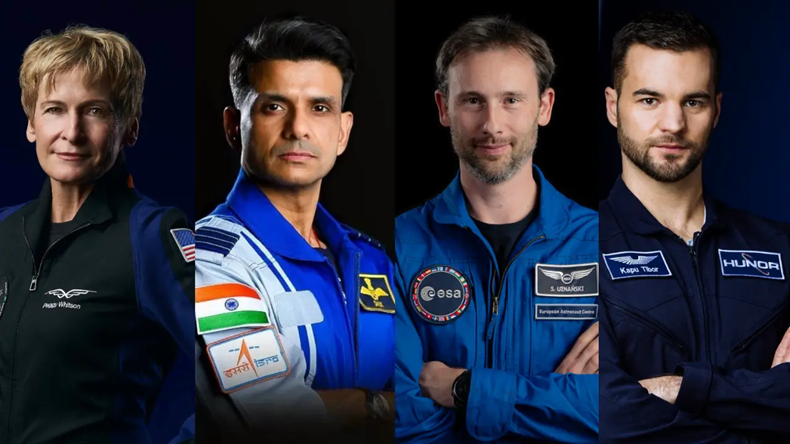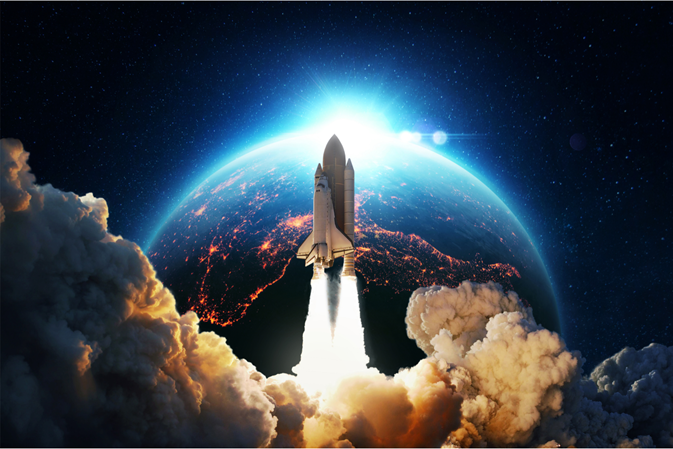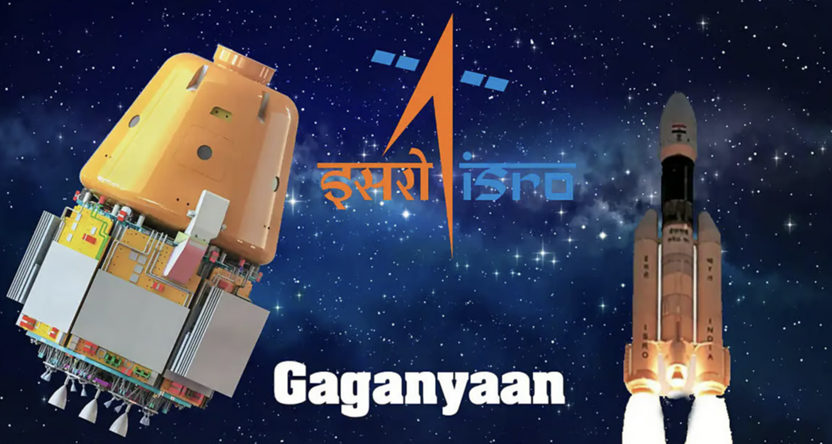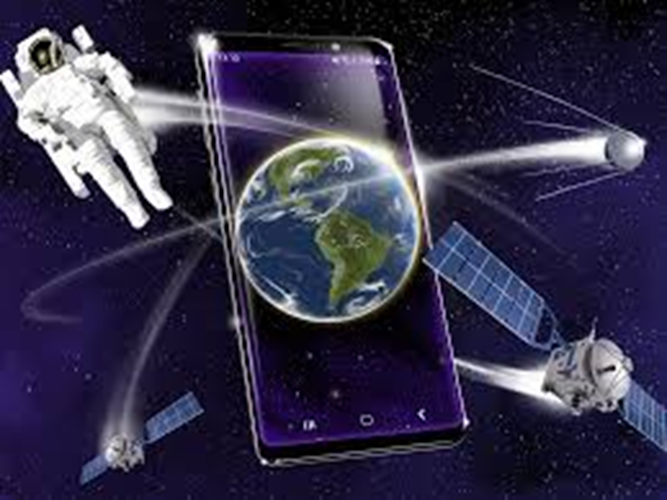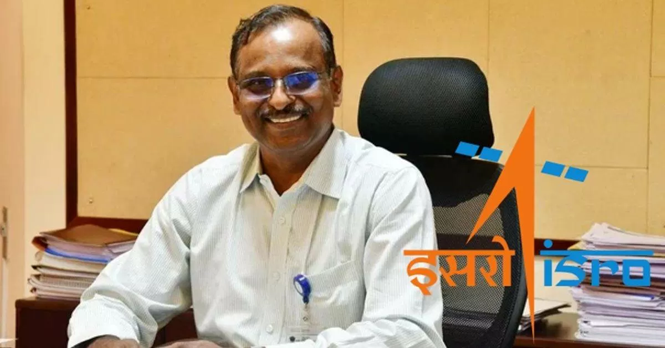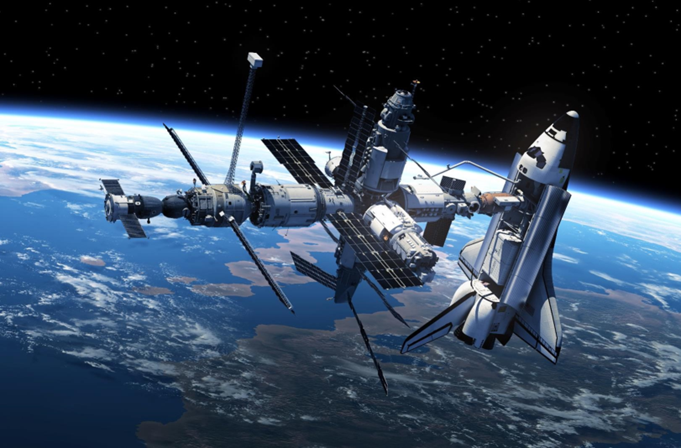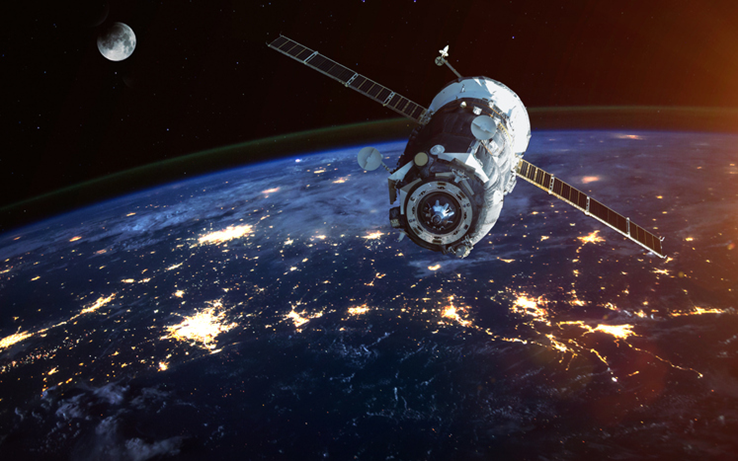Why In News
- Ten minutes into the launch of the Axiom-4 mission, Indian astronaut Shubhanshu Shukla made a short statement. He said the lift-off was not just the start of his journey to the International Space Station (ISS), but also the beginning of India’s human spaceflight program.
- His remark might not become as memorable as Rakesh Sharma’s reply 41 years ago — when asked by then Prime Minister Indira Gandhi how India looked from space, Sharma had said, “Saare Jahan Se Achcha”. However, Shukla’s statement and voyage to the ISS are emblematic of India’s steady emergence as a major space faring nation.
New Era For ISRO
- Shukla’s trip marks the start of a new phase in India’s space program, where human spaceflight would become as routine as satellite launches. Although the Indian Space Research Organisation (ISRO) missed its ambitious aim of sending a human into space by 2022, the challenge put new energy into the space agency and forced it to work urgently on the Gaganyaan program.
- The project involves a series of manned missions to space. Human spaceflight today is not just a matter of adventure. It is a strategic capability that can lead to special advantages for the countries possessing it. Space, including the Moon and potentially Mars, is opening up for scientific and commercial exploitation, and human space travel would be a key capability facilitating this.
- There is also the apprehension that like nuclear technology, space could also become exclusionary, with only a handful of countries controlling and regulating space travel.
- ISRO has done well over the last few decades to indigenously develop crucial technologies, and demonstrate capabilities that are at par with the best in the world. With human spaceflight, ISRO would shift into new gears, and build the platform for accomplishing even bigger things in space. It has already announced plans to set up its own space station, and land humans on the Moon by 2040.
- Notably, Shukla is not riding piggyback on the capabilities of others in the Axiom-4 mission. ISRO has been an equal partner in this entire exercise, starting from the planning stages.
- This is also evident from the fact that a large ISRO contingent, including Chairman V Narayanan, has been in the United States to see through the last stages of the mission.
- This team was actively involved in the troubleshooting exercises that were required in the last month during which the mission faced numerous delays due to technical glitches. The learnings from the Axiom-4 mission can be useful for the Gaganyaan program, whose first crewed mission is expected to launch by 2027.
Consequential technology
- Space is going to be one of the few extremely consequential technologies of the future along with others such as artificial intelligence, quantum, and clean energy. These are likely to have huge economic and strategic implications. Unlike other areas where India has a lot of catching up to do, space is one technology domain where the country is among the front-runners. However, to retain that position and press its advantage, India would need to keep competing with countries such as the United States and China. Both of these countries have ambitious plans for space, including a program to send humans to the Moon to build facilities for long-term stays.
- Space technologies have also opened up opportunities for the private sector to play an active role. There are attractive business opportunities in harnessing and use of space-based technologies. This is being seen in the United States, where the private sector has created a thriving space ecosystem. Despite being one of the leading space powers, India currently accounts for just about 2 per cent of the global space economy. As a result, there is a lot of opportunity for rapid growth.
- Also, nothing fires the imagination of youngsters like the prospect of space travel. Therefore, India’s capabilities in human spaceflight can draw a lot of younger talent to the space sector. This, in turn, can spark innovation, create employment, and boost the economy.
- While Shukla’s trip is a significant achievement, it would have to be utilised to benefit the space program of India.
